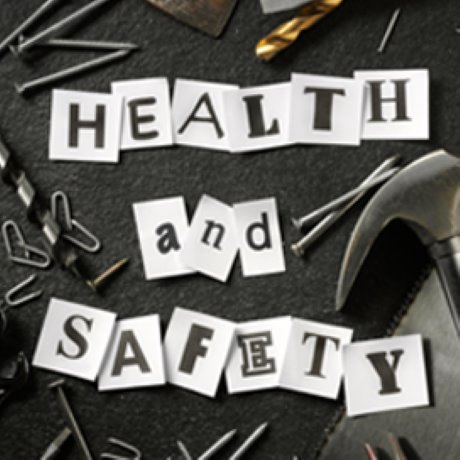A growing number of independent safety consultants are trying to reduce the number of construction workplace accidents by modifying workplace safety culture. "Safety culture" is a nebulous but handy catch-all term that comprises workers’ attitudes, beliefs, perceptions and values around safety.
B.C. Construction Safety Alliance (BCCSA) regional safety advisor Tanya Steele said the way to change workplace safety culture is to change the way safety is taught.
"The traditional style is to talk at the employees and give the information in machine gun-style," she said.
"Many employers and supervisors have an attitude of ‘I have to do this,’ instead of ‘I get to do this’."
Steele said safety training needs to be done differently because society has changed.
"Different generations learn differently," she said.
"The new generation wants to be coached and shown how to do something. They also want to feel free to ask questions and they don’t want to be told by their supervisors what to do."
A consultant, speaker and mentor on construction workplace safety, Steele says safety training by third-party experts like herself needs to be supplemented by more in-house training.
"Safety training needs to be part of the morning tool box talks," she said.
"Many employers don’t use that time effectively."
Construction employers face realistic challenges to allocating more time and resources to safety, however.
"They need to find the time and the resources, and they’re often in short supply these days," she said.
Cam Hacault, the owner of Blueline Safety Ltd. in Victoria, specializes in what he calls the "hard" safety skills, such as fall protection and health and safety audits, as opposed to "softer" skills, such as safety leadership.
Hacault said too many construction companies, especially the small sub-trades, think safety is obvious and that training isn’t needed.
"Nothing is self-evident," he said.
"For example, the construction workplace changes every day. That makes it different from other workplaces, such as a factory floor, where little changes from day to day."
Hacault said that while construction is still very macho, it is becoming more safety-conscious.
"There are four reasons for the change in attitude," he said.
"Regulatory and client requirements, media scrutiny and cultural change in society. Young people entering the industry now are better educated about the importance of safety."
Jeff Lyth, owner of QSP Leadership Inc. in Vancouver and a BCCSA senior safety advisor for special projects, said individuals’ attitudes and perceptions, which together make up an organization’s safety culture, can be measured objectively.
The BCCSA has a license to use a web-based questionnaire called the safety climate tool (SCT). The instrument, which was developed by the Health and Safety Laboratory in Britain, combines a survey with analytical software.
"The alliance hosts the site and helps employers use it," Lyth said.
"Everybody in a company takes the test, which measures their perceptions of the company’s safety management system."
Lyth said the SCT helps employers administer their safety programs and enables them to create a baseline to measure their progress.
The SCT, which can be customized to reflect an organization’s look and feel, consists of 40 statements on eight subjects.
The subjects are organizational commitment; health and safety-oriented behaviour; health and safety trust; usability of procedures; peer group attitude; health and safety resources; accident and near-miss reporting; and engagement in health and safety.
To take the survey, employees are asked to what extent they disagree with each of the 40 statements by putting a mark in the appropriate box.
Three sample questions are "people who work here often take risks when they are at work," "there are good communications (e.g. team meetings) here about health and safety," and "accidents that happen here are always reported."
Once the survey has been completed, the software generates a summary report, including coloured charts that allow detailed analysis of the results.
The SCT works with both computers and portable devices, and is compatible with most web browsers.
"We’ve been offering the tool only since spring 2015 and already 25 companies, employing nearly 2,000 workers, have taken the survey," Lyth said.
He calls the SCT a thorough safety solution based on leading, rather than lagging, indicators.
"It’s been studied and proven in Britain," Lyth said.
"It’s a bold new move, a departure to where we need to go."
Lyth will be discussing workplace safety culture and the SCT Sept. 15 at the Kelowna Grand Hotel.










Recent Comments
comments for this post are closed